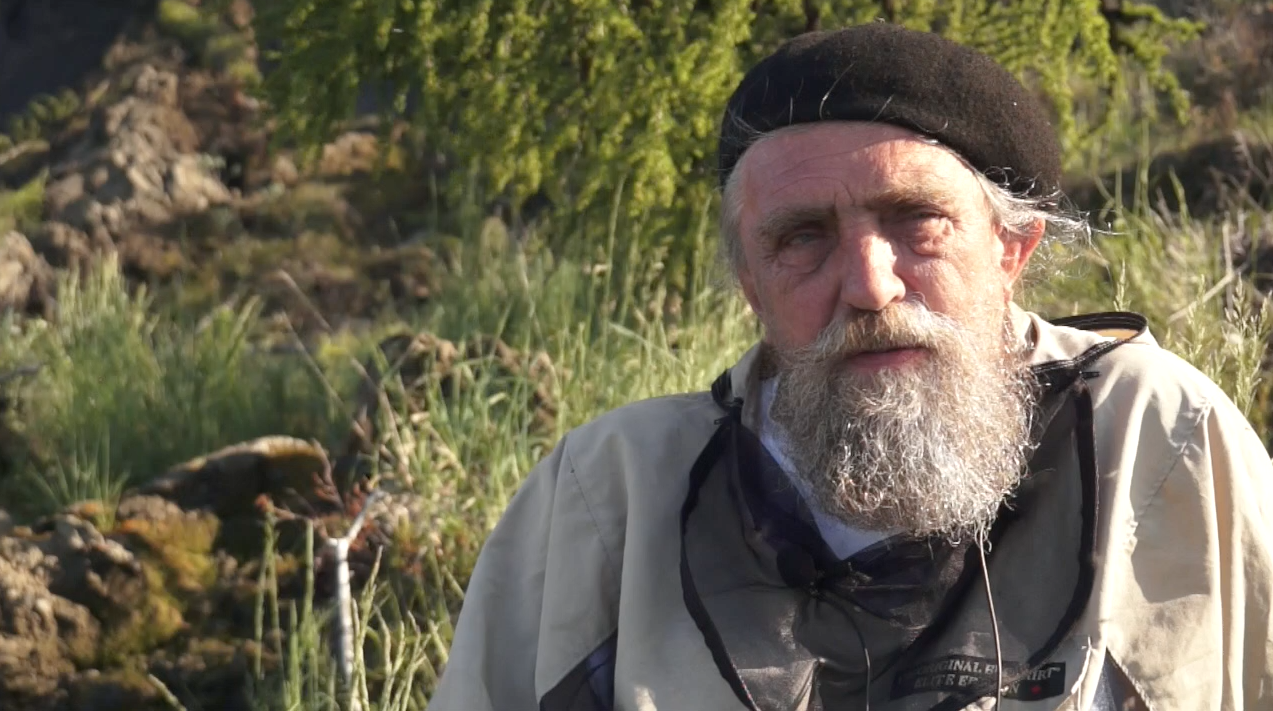Does leaving the classroom to get the story feel daunting?
That's normal.

Meet global issues reporter Eli Kintisch for some perspective on how far is too far to go to complete a news assignment. He traveled to the Arctic Circle to discover and share what this lonely region can tell us about how we're treating our planet. What's at stake? Why should it matter? Who is impacted now? What does the future hold? What can be done?
1. Read Mr. Kintisch's piece from his report for the Pulitzer Center on Crisis Reporting.
http://pulitzercenter.org/reporting/born-rewild-father-and-son-seek-tran...
2. Going back to basics, write a strong inverted pyramid lead for the story you've just read.
3. Now you've got your who, what, when, where, why, etc, and you could write a straight news story if you had to. But you're looking to add color and texture. What parts of the story moved you? Did anything stand out as odd? Funny? Confusing? Bewildering? Inspiring? Threatening? Make a list of examples from the story.
4. Break up into groups and share your list. Explain why these things grabbed you. Hear what grabbed others.
5. Go back to the article. What facts, figures, statistics, historical references were offered? Make a list. Consider the quality and importance of each item.
6. Talk to the reporter. Mr. Kiptisch is on hand to answer questions about his process. How'd he do that?! Where did he get his supporting information? How did he go about inserting details into his piece?
7. Choose a global issue. Find your moving sub-narrative in the near vicinity, not only where you'll have access to firsthand sources but also where the larger issue is relatable locally. Pitches will require approval. Allow time to discuss and refine angle and focus so reporting and write-up can begin. Use what you've learned from the process and from the elements that were successful at holding your attention to craft a story that has timely relevance as well as attractive resonance for your potential audience. Write a strong nut graf, and incorporate facts, figures, stats, references, findings of published reports, and/or other factual elements to anchor your curious narrative into a sea of information about the larger global issue.
1,200-1,500 words
Journalist Eli Kintisch employed classic 'shoeleather journalism' by going far -- very far -- to get his story. Climate change news is no challenge to find. But his work uncovered some innovations and experiments that can capture the imagination while also delivering the facts and figures on one of the most pressing issues of our day.
This is a modeling exercise involving the deconstruction and analysis of a well-made story to incorporate compelling narratives into fact-supported reporting.
